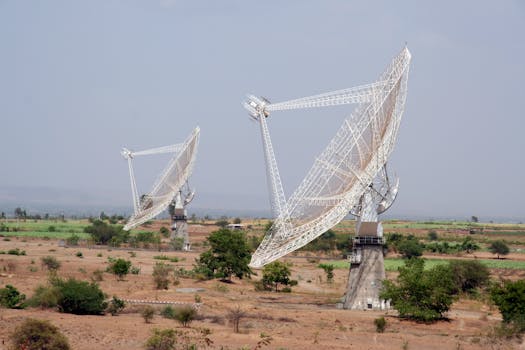
OpenTelemetry (OTel) is an open-source observability framework that standardizes how we collect, process, and export telemetry data (metrics, logs, and traces). Born from the merger of OpenTracing and OpenCensus, it’s now a CNCF (Cloud Native Computing Foundation) graduated project, making it the de facto standard for cloud-native monitoring.
Key Features
✅ Unified instrumentation (traces + metrics + logs)
✅ Vendor-neutral (export to any backend)
✅ Auto-instrumentation for 10+ languages
✅ Context propagation for distributed tracing
✅ 100% open-source (Apache 2.0 license)
1. Performance & Scalability Benchmarks
(Based on CNCF tests)
| Scenario | Throughput | Latency |
|---|---|---|
| Tracing (Go) | 50,000 spans/sec | <2ms overhead |
| Metrics (Prometheus) | 100K samples/sec | 1-3ms delay |
| Logs (Fluentd) | 20MB/sec | <5ms batch delay |
Why OTel is Efficient?
- Zero-sampling mode reduces overhead
- gRPC/protobuf for fast data transport
- Batching optimizes network calls
2. Deployment Options
| Environment | Supported | Notes |
|---|---|---|
| Public Cloud | ✅ | AWS, GCP, Azure (managed collectors) |
| On-Premise | ✅ | Run collectors in your data center |
| Hybrid | ✅ | Mix cloud + on-prem targets |
| Edge | ✅ | Lightweight SDKs for IoT |
Managed Options:
- AWS Distro for OpenTelemetry (ADOT)
- Google Cloud Operations Suite
- Azure Monitor
3. Licensing & Cost
| Cost Factor | Details |
|---|---|
| Software License | Free (Apache 2.0) |
| Infrastructure | Collector needs ~1 CPU/core per 10K spans/sec |
| Vendor Costs | Depends on backend (e.g., Datadog, Grafana) |
Example:
- Self-hosted OTel + Prometheus/Grafana → $0
- OTel + Datadog → $15/host/month
4. When to Use OpenTelemetry?
✔ Multi-cloud/multi-vendor observability
✔ Microservices needing distributed tracing
✔ Regulated industries (no vendor lock-in)
✔ Cost-sensitive teams avoiding proprietary agents
When to Avoid?
❌ Very small apps (use vendor agents)
❌ Legacy systems without instrumentation
5. Big Companies Using OpenTelemetry
| Company | Use Case | Scale |
|---|---|---|
| Uber | Distributed tracing | 5M spans/sec |
| Shopify | Performance monitoring | 100K services |
| Slack | Incident investigation | PB/day logs |
| Cisco | Network telemetry | 1M+ devices |
Sources: CNCF Case Studies, Uber Engineering Blog)
6. Key Components
- Collector (OTel Collector) – Processes/export data
- SDKs (Java, Python, Go, etc.) – Instrument apps
- Protocols (OTLP) – Standard data format
- Exporters (Jaeger, Prometheus, etc.) – Send to backends
7. Key Takeaways
- Best for: Cloud-native apps needing vendor-neutral observability
- Performance: Adds <2% overhead to apps
- Cost: Free core + pay only for backend
- Adoption: Used by Uber, Shopify, Slack at massive scale
Tried OpenTelemetry? Share your setup below! 🚀
In Tlatoanix, we provide guidance to integrate OpenTelemetry into your business workflows.
#Observability #OpenTelemetry #DevOps #Monitoring #CNCF #Tlatoanix
References
At Tlatoanix, we leverage AI tools to enhance research, drafting, and data analysis while ensuring human oversight for accuracy and relevance.